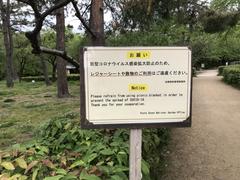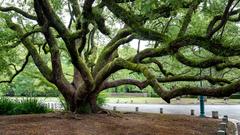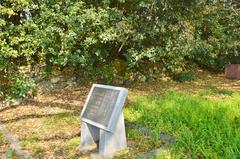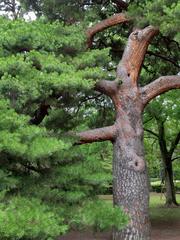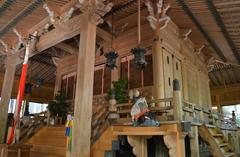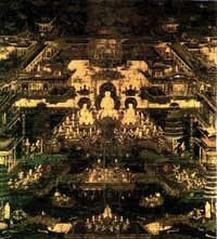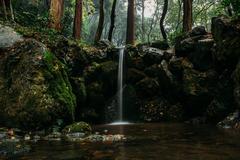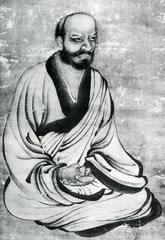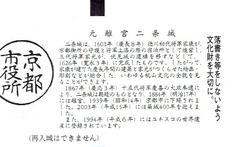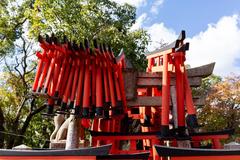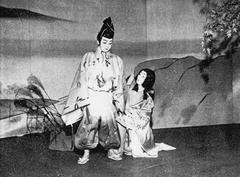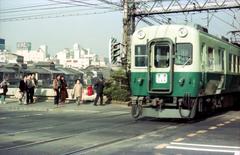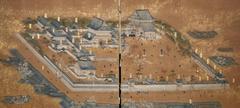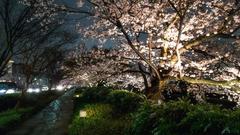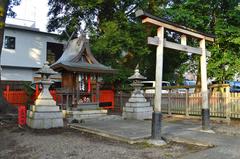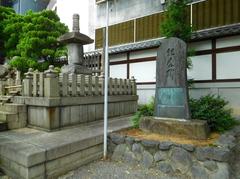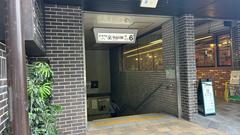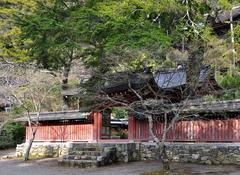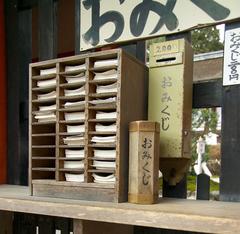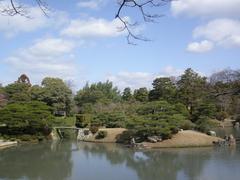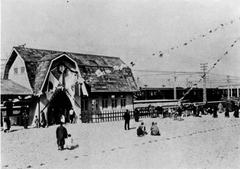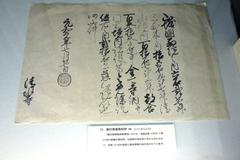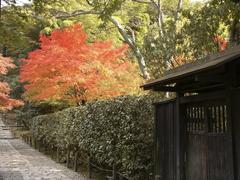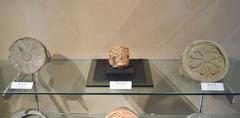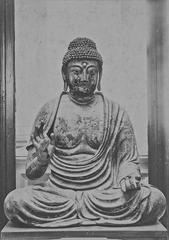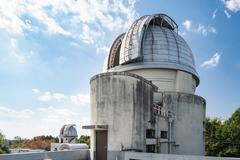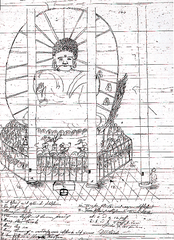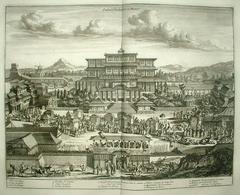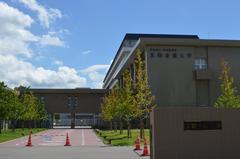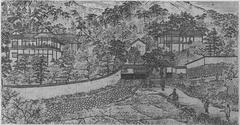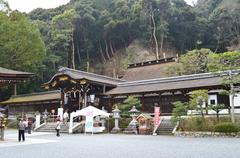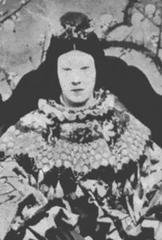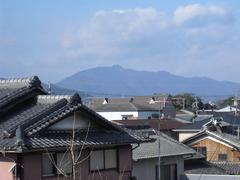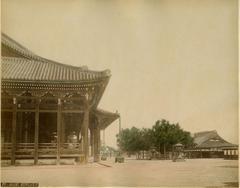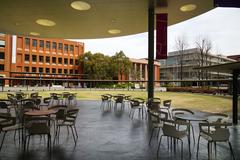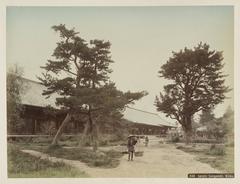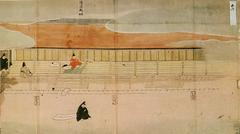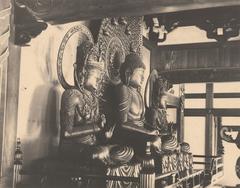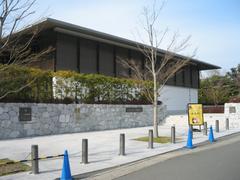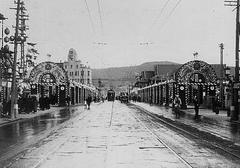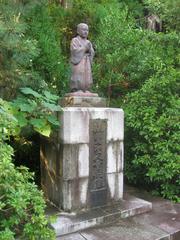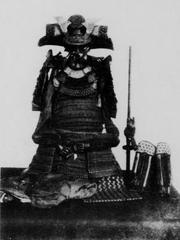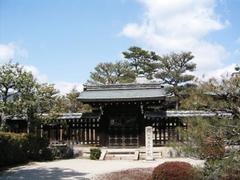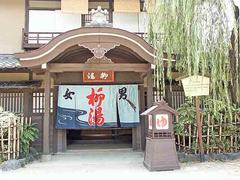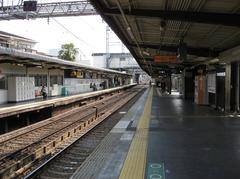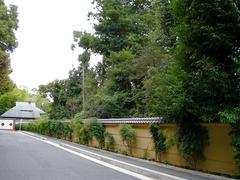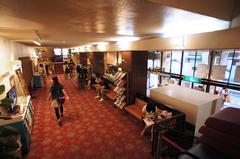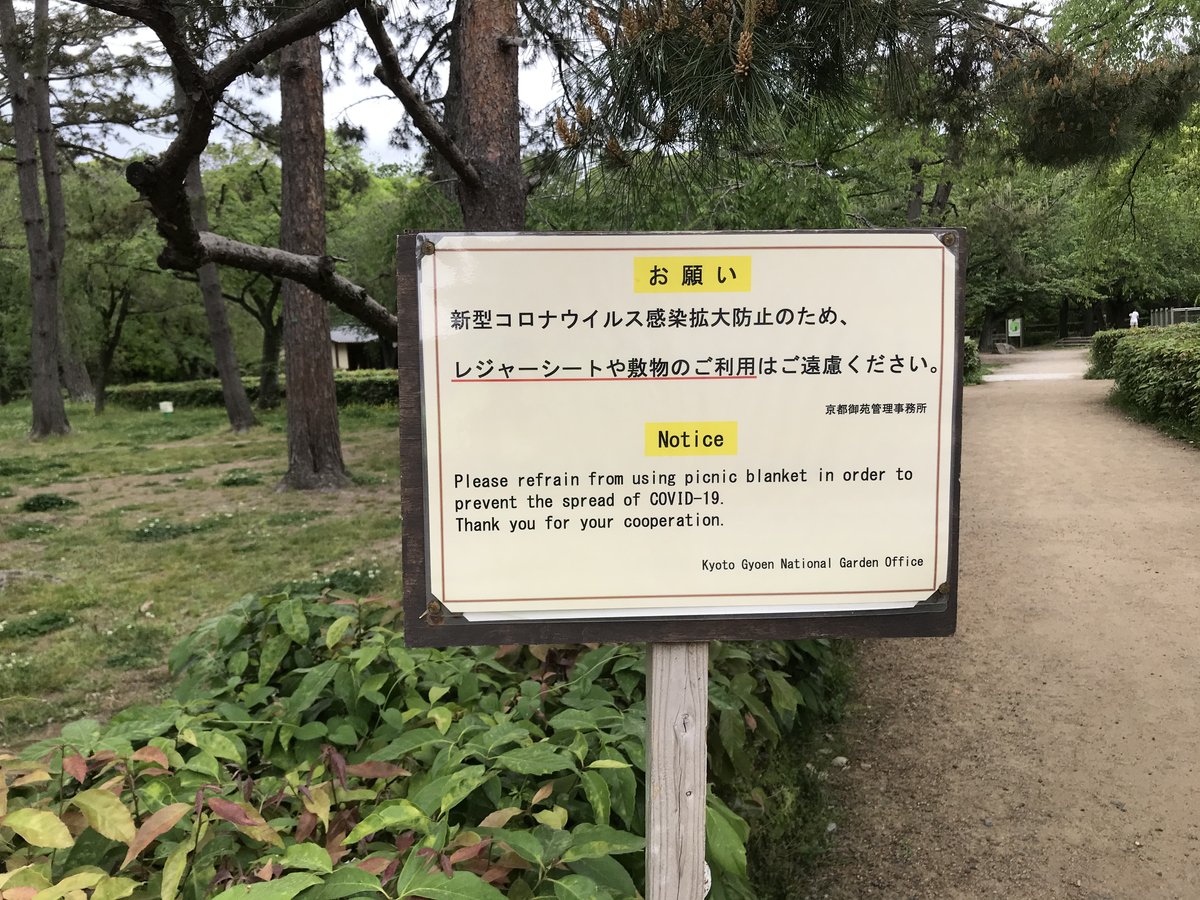
Kyoto Gyoen National Garden: Visiting Hours, Tickets, and Attractions Guide
Date: 14/06/2025
Introduction
Kyoto Gyoen National Garden is an expansive and tranquil green space in the heart of Kyoto, renowned for its imperial heritage, seasonal beauty, and historical significance. Encompassing around 65 hectares, the garden surrounds the Kyoto Imperial Palace and preserves the remnants of aristocratic estates, ancient shrines, and classic Japanese landscape artistry. Open year-round with free admission, Kyoto Gyoen serves as both a living chronicle of Japan’s imperial history and a beloved urban retreat for locals and travelers alike. This comprehensive guide details everything you need to plan your visit—including opening hours, ticket policies, accessible facilities, travel tips, and the garden’s standout attractions. For the latest information, refer to official sites and trusted travel resources (Ministry of the Environment, Kyoto Gyoen National Garden Official, Japan365days).
Contents
- Overview and Historical Background
- Key Attractions
- Kyoto Imperial Palace
- Sento Imperial Palace Gardens
- Remnants of Noble Residences
- Traditional Tea Houses and Shrines
- Visiting Hours and Ticket Information
- Accessibility and Visitor Facilities
- Seasonal Highlights and Nature
- Cultural Experiences and Events
- Travel Tips and Nearby Attractions
- Frequently Asked Questions (FAQ)
- Conclusion
- Sources
Overview and Historical Background
Imperial Heritage and Evolution
Originally the residential district for court nobles (kuge) during the Edo period, the grounds of Kyoto Gyoen National Garden were home to nearly 200 aristocratic estates, closely linked to the Kyoto Imperial Palace (Japan365days). After the Meiji Restoration in 1869, when the imperial capital shifted to Tokyo, many noble families relocated, and the area fell into decline. Recognizing its cultural importance, Emperor Meiji initiated a restoration project, clearing dilapidated homes to create open gardens. In 1949, the area was officially designated a national garden, ensuring its preservation as a public historical and cultural site (Ministry of the Environment).
Symbolism and Spirituality
The garden’s design reflects Japanese aesthetics and Shinto geomancy, with the deliberate omission of the northeastern corner as a spiritual safeguard (topasiatour.com). Throughout the grounds, shrines and subtle spiritual markers, such as the protective monkey statue, reinforce the blend of nature, spirituality, and imperial tradition (Discover Kyoto).
Key Attractions
Kyoto Imperial Palace (Kyoto Gosho)
The centerpiece of Kyoto Gyoen, the Kyoto Imperial Palace, rebuilt in 1855, showcases stately wooden architecture, elegant tatami rooms, and beautiful gardens. While the palace served as the emperor’s residence until the capital moved to Tokyo, its historic halls—such as the Shishinden—continue to embody imperial ceremony and tradition. Guided tours (free, reservation required) provide access to ceremonial spaces and insights into Japan’s imperial history (Kyoto Gyoen National Garden Official).
Sento Imperial Palace Gardens
Built in 1630 as a retirement residence for Emperor Go-Mizunoo, the Sento Imperial Palace is surrounded by exquisite gardens featuring large ponds, curved bridges, and classic Japanese landscaping. Though the original palace buildings no longer exist, the garden remains a highlight, accessible only by advance reservation through guided tours (Imperial Household Agency).
Remnants of Aristocratic Estates
Scattered throughout the garden are markers and ruins of the former noble residences, such as the Konoe Residence Site. These areas offer a glimpse into the aristocratic lifestyle and are complemented by tranquil rest areas and scenic ponds (topasiatour.com).
Traditional Tea Houses and Shrines
The Shusui-tei Teahouse, dating to the late Edo period, is the last remnant of the Kujo Family residence and now hosts traditional tea ceremonies and poetry gatherings (Hey Japan). Several small shrines, such as Itsukushima and Nashinoki, reflect the garden’s spiritual dimension (Discover Kyoto).
Visiting Hours and Ticket Information
- Garden Grounds: Open year-round, generally from 7:30 AM to 6:00 PM (hours may vary by season). Admission is free (Kyoto Gyoen National Garden Official).
- Kyoto Imperial Palace: Open from 9:00 AM to 4:30 PM; closed Mondays and Fridays (or the following weekday if a national holiday). Entry is via free guided tours, which require advance reservation.
- Sento Imperial Palace Gardens: Access by guided tour only, also requiring advance reservation.
- Kyoto State Guest House: Admission fee is ¥1,500 (as of 2025).
Reserve tours through the Imperial Household Agency.
Accessibility and Visitor Facilities
- Paths: Wide gravel and paved paths accommodate wheelchairs and strollers; wheelchair rentals available at select entrances (walkaroundblog.com).
- Restrooms: Multipurpose, accessible facilities distributed throughout the park.
- Rest Areas: Benches, shaded pavilions, and cafes like the Nakadachiuri and Konoe Residence Site Rest Areas provide spots for relaxation and light refreshments.
- Children’s Park: Equipped playgrounds and open lawns for families.
- Guided Tours: Free English tours for the Kyoto Imperial Palace are offered almost daily (klook.com).
Seasonal Highlights and Nature
- Spring: Over 1,300 cherry trees, including the celebrated Somei-Yoshino variety, create a spectacular hanami experience from late March to early April.
- Summer: Shaded groves and vibrant greenery provide cool retreats; excellent for birdwatching.
- Autumn: Maples and ginkgoes paint the grounds in brilliant reds and golds.
- Winter: Snow-dusted lawns and early plum blossoms offer serene beauty (visitjapan-vegetarian.com).
Cultural Experiences and Events
- Workshops: Participate in fragrance pouch making, matcha tea ceremonies, and other cultural workshops (kyoto.travel).
- Annual Festivals: The Jidai Festival, Aoi Matsuri, and Gion Matsuri feature traditional parades and ceremonies, often beginning or passing through the garden (1xmarketing.com).
- Educational Visits: The garden is a frequent destination for school groups and cultural field trips.
Travel Tips and Nearby Attractions
- Access: Conveniently located near Marutamachi and Imadegawa subway stations; several bus routes serve the area (japantravel.com).
- Footwear: Wear comfortable shoes for walking on gravel and paved paths.
- Picnics: Allowed in designated areas; please dispose of trash properly.
- Dining: Cafes and vending machines are available on site; a variety of restaurants can be found in the surrounding neighborhoods.
- Nearby Sites: Nijo Castle, Kamogawa River, and Nishiki Market are within easy reach for a full day of Kyoto exploration (walkaroundblog.com).
Frequently Asked Questions (FAQ)
Q: What are the Kyoto Gyoen National Garden visiting hours?
A: Open year-round, generally 7:30 AM to 6:00 PM (hours vary by season).
Q: Is there an admission fee?
A: Admission to the garden is free. Palace tours and some special facilities require advance reservation (palace tours are free; State Guest House charges a fee).
Q: Is the garden wheelchair accessible?
A: Yes, with accessible paths and facilities.
Q: Can I bring my dog?
A: Yes, but dogs must be on a leash at all times.
Q: Are guided tours available in English?
A: Yes, free English tours are available for the Kyoto Imperial Palace with advance booking.
Q: Can I take photographs?
A: Yes, photography is allowed in most areas, but some interior spaces may have restrictions.
Conclusion
Kyoto Gyoen National Garden masterfully intertwines the grandeur of Japan’s imperial past with the serenity of natural landscapes, offering a multifaceted experience for every visitor. From cherry blossom viewing to guided palace tours and traditional tea ceremonies, the garden provides a window into the heart of Kyoto’s cultural legacy. With free admission, broad accessibility, and an array of seasonal and cultural highlights, Kyoto Gyoen is an essential destination for anyone exploring the city’s historical sites. For the most current information and event details, consult official resources and enhance your visit with digital guides like the Audiala app.
Sources and Further Reading
- Kyoto Gyoen National Garden: History, Visitor Information, and Must-See Kyoto Historical Sites, 2024, Japan365days
- Kyoto Gyoen National Garden Official, 2024, Ministry of the Environment
- Kyoto Gyoen National Garden Official, 2024
- Discover Kyoto, 2024
- Hey Japan, 2024
- Top Asia Tour, 2024
- Walk Around Blog, 2024
- Japan Travel, 2024
- 1xmarketing.com, 2024
